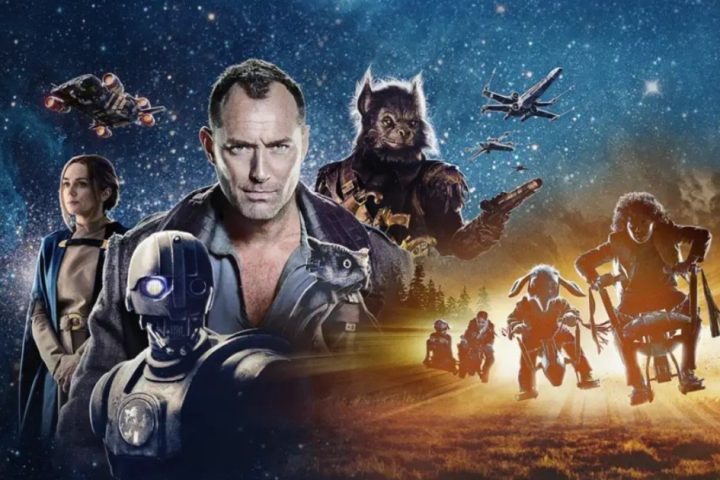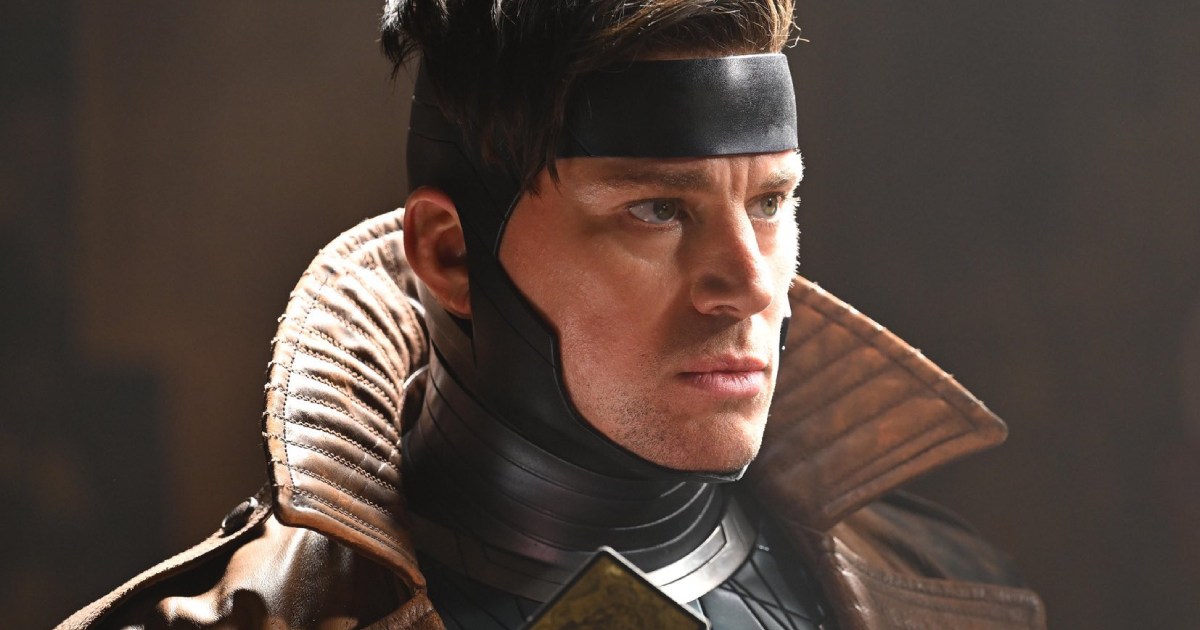Stay ahead of the curve with our daily and weekly newsletters, packed with the latest updates and exclusive insights on the AI industry. Discover More
Runway, the trailblazing AI startup from New York, has made another groundbreaking advancement in the fast-paced world of AI-generated video. The company revealed today that its Gen-3 Alpha Image to Video tool now allows an image to be used as either the starting or ending frame of a video, a feature that could revolutionize creative control for filmmakers, marketers, and content creators.
This exciting update comes hot on the heels of Runway’s official release of Gen-3 Alpha just a week ago, demonstrating the company’s relentless drive to lead the competitive AI video generation market. This new feature enables users to anchor their AI-generated videos with specific imagery, potentially addressing one of the major hurdles in AI video creation: maintaining consistency and predictability.
Bookending Dreams: Harnessing the Power of First and Last Frames
“Gen-3 Alpha Image to Video now supports using an image as either the first or last frame of your video generation. This feature can be used independently or combined with a text prompt for additional guidance,” announced Runway via their official X.com account.
The significance of this feature was instantly recognized by users. Digital artist Justin Ryan responded with excitement: “This is a game-changer! I’m hoping this means we are closer to having a feature like Luma Labs’ first and final frame.”
This innovation positions Runway as a formidable competitor against other players in the field, such as Luma Labs, Pika, and OpenAI’s highly anticipated Sora. However, Runway’s public availability gives it a distinct advantage over Sora, which is still in closed testing.
The AI Video Arms Race: Runway’s Strategic Move
This latest feature is a significant stride towards solving one of the most enduring challenges in AI-generated video: ensuring coherence and artistic intent throughout the generation process. By allowing users to specify both the starting and ending points, Runway is essentially creating a “narrative bridge” that the AI must follow, potentially leading to more controlled and purposeful outputs.
The ability to bookend AI-generated videos with specific imagery could be a game-changer in commercial applications, where brand consistency is crucial. Marketing teams could, for example, ensure that product shots or logo placements appear exactly as intended at key moments in the video, while still harnessing the creative potential of AI for the rest of the content.
This breakthrough comes at a pivotal time for Runway. The Information recently reported that the company is in discussions to raise $450 million at a $4 billion valuation, with VC firm General Atlantic potentially leading the round. This substantial investment, if realized, would equip Runway with significant resources to continue its rapid development cycle and fend off competition.
However, the AI video generation field is not without its challenges. Runway, along with several other AI companies, is facing legal scrutiny over its data collection and training practices. A class-action lawsuit alleges that the company’s use of publicly available images and videos for AI training may infringe copyright laws.
Pixels and Possibilities: The Future of AI-Generated Video
The potential of this technology goes far beyond just creating visually stunning content. As AI-generated video becomes more sophisticated and controllable, it could revolutionize entire industries. In film production, for instance, it could enable rapid prototyping of complex scenes or even the creation of entire sequences without the need for costly sets or locations. In education, it could facilitate the quick creation of customized instructional videos tailored to individual learning styles or curricula.
However, this technology also raises profound questions about the nature of creativity and authorship in the digital age. As AI systems become capable of generating increasingly sophisticated and human-like content, the line between human and machine creativity becomes blurred. This could lead to new paradigms in copyright law, changes in how we value and compensate creative work, and even shifts in our understanding of what it means to be an artist or filmmaker.
As the race in AI video technology intensifies, all eyes will be on how Runway leverages this new feature and potential funding to stay ahead of the game. With the promise of transforming video creation as we know it, the stakes couldn’t be higher. The company that can best balance technological innovation with user needs and ethical considerations may well emerge as the leader in this new frontier of digital creativity.






![Upcoming Roguelike Game ‘Feed the Deep’ Invites Players to Quench Eldritch Hunger [Trailer]](http://hypernovapress.com/wp-content/uploads/2024/08/6257-feedthedeep.jpg)
